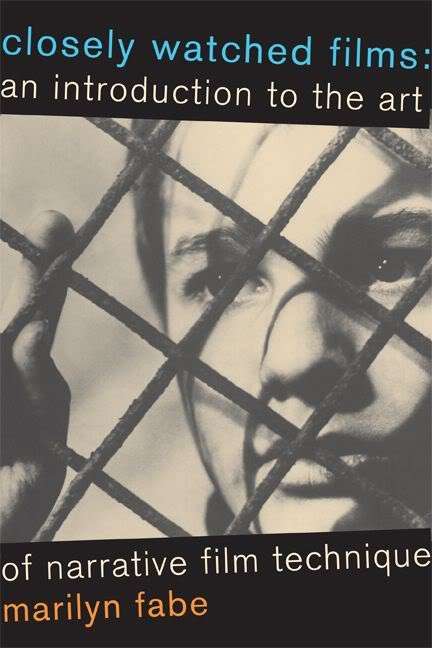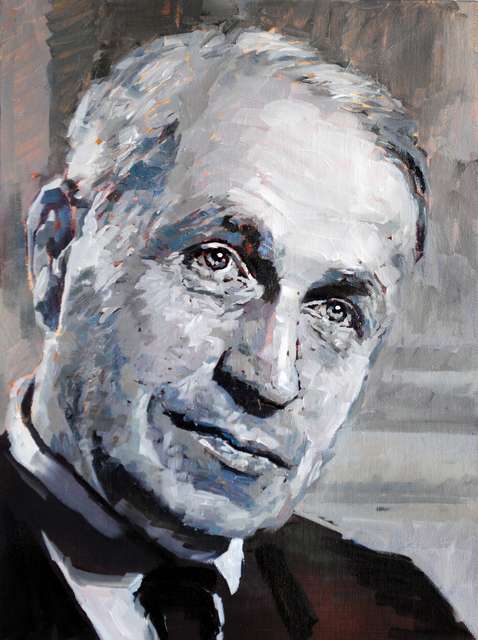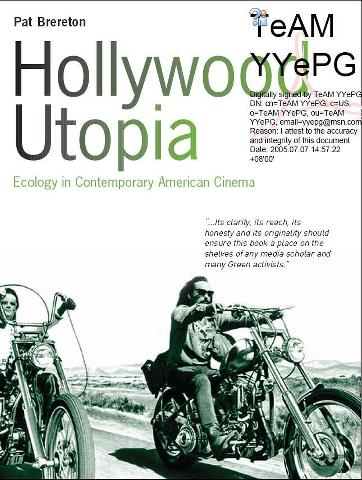
Review
“Geoff King’s important book stands with the best scholarship I have seen on this vital, constantly evolving subject.” — —David Sterritt, author of The Films of Alfred Hitchcock
Review
“In its dialectical relationship with the commercial mainstream, the independent film is distinguished by its more complex or decentered narrative structure. This hardheaded study, full of stats and stories, starts with the industrial context in which the US’s independent cinema has operated, especially since the mid, 1980s — an institutionalization that, according to King, makes it ‘easy to over — romanticize an earlier and supposedly purer notion of independence.’ The study springs to life in its close analyses of individual films and directors. It is even more valuable for its treatment of minor works than for its insights into the work of John Cassavetes and David Lynch, especially on the distinguishing formal devices. One chapter applies genre theory to this diversity.Read More »







